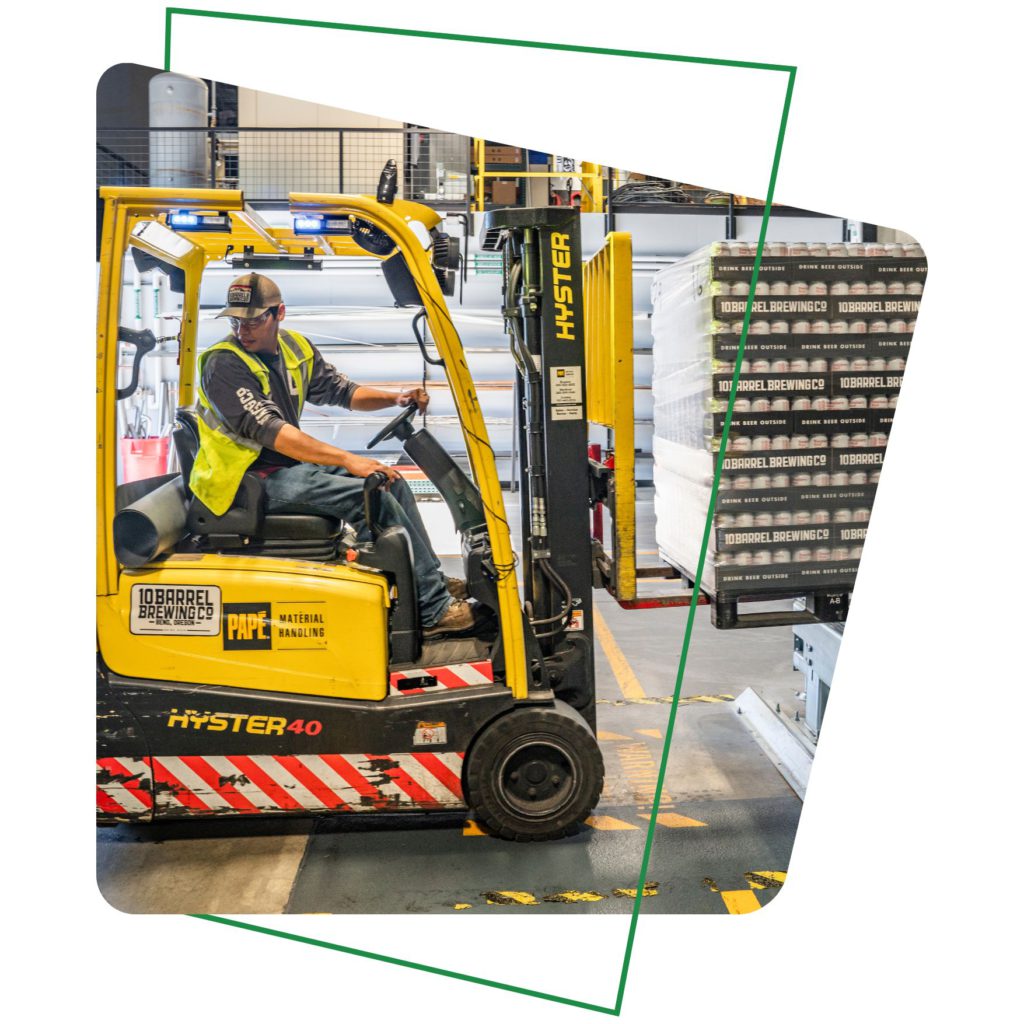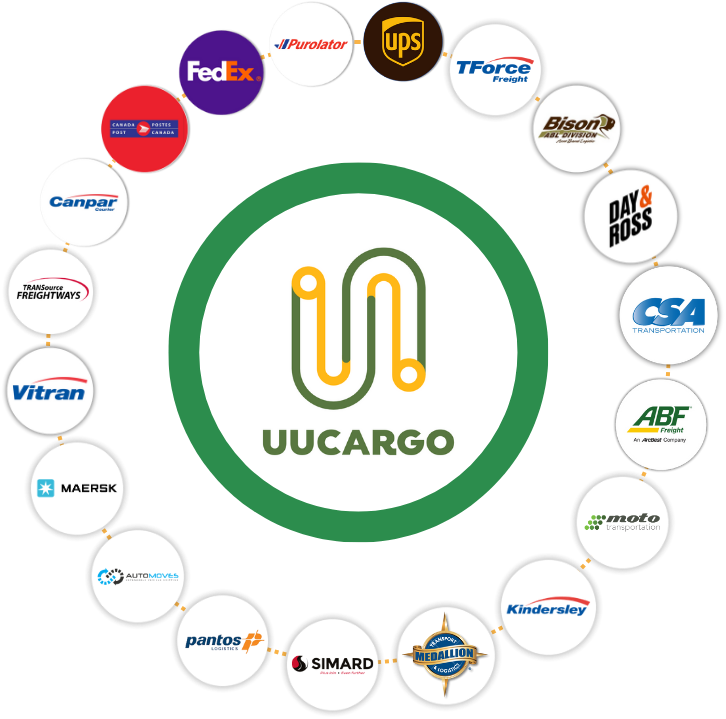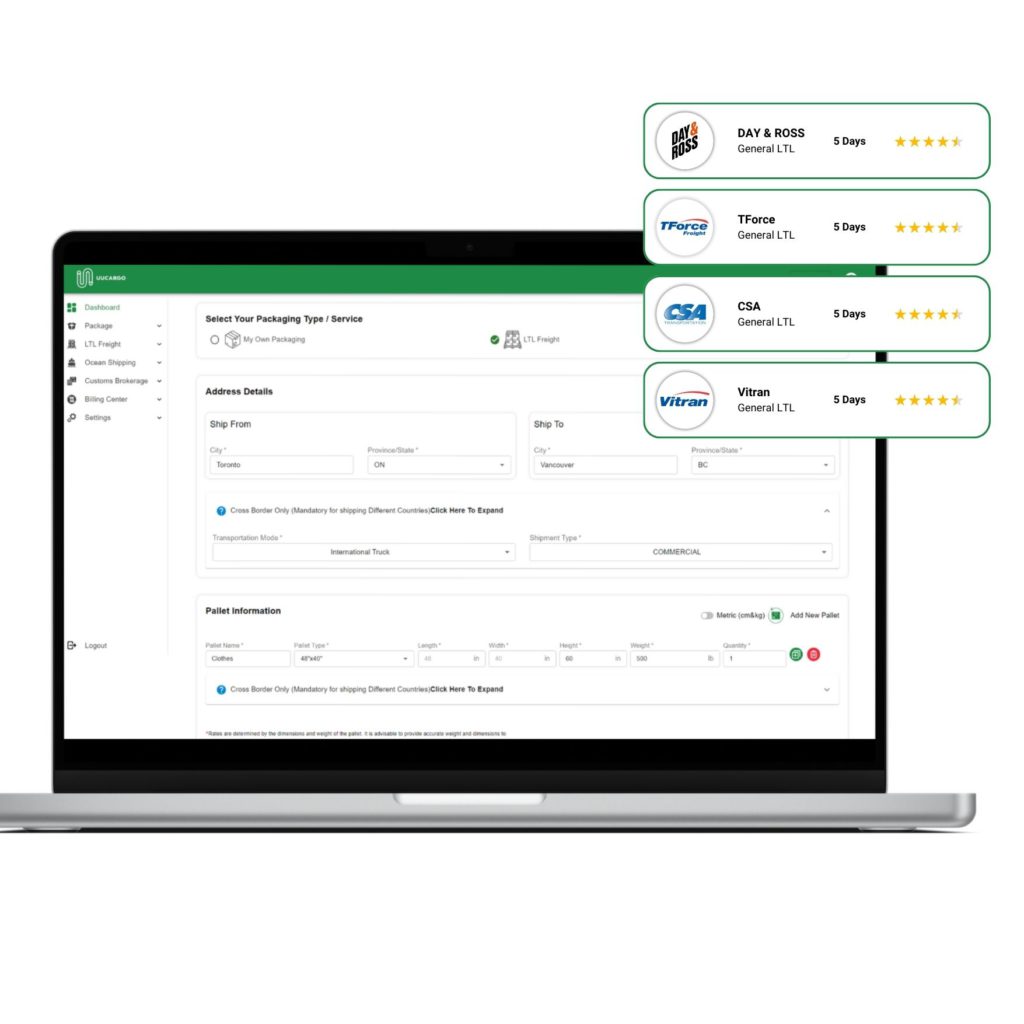Less Than Truckload
Unlock Efficient LTL Shipping with UUCargo
What is LTL Shipping?


Canada's Premier LTL Shipping Solution
How UUCargo Makes Your LTL Shipping Easy
Get Real-Time Quotes on Your LTL Freight Shipping
Skip the wait. Our platform immediately pulls real-time rates from our roster of partner LTL carriers, giving you clarity and options right from the get-go.
Book Your LTL Shipments in Just a Few Clicks
Shipping made simple. Choose your preferred carrier, rate, and any supplementary services – all within a few clicks. No hassles. No delays.
Broad Coverage – Canada & Beyond
Whether you’re sending pallets domestically or to the US, rest easy knowing our partner LTL carriers are rigorously vetted for reliability and performance.
Streamlined Billing Process
With our consolidated invoicing, all your LTL shipments and carrier details are neatly organized, ensuring transparency and simplicity in your financial transactions.

Unlock Unbeatable Savings with Our Exclusive LTL Promotion

Canada Domestic
-
Vancouver <-> Toronto $280/skid
-
Vancouver <-> Calgary $210/skid
-
Vancouver <-> Montreal $280/skid
-
Calgary <-> Toronto $250/skid
-
Calgary <-> Montreal $250/skid
-
Toronto <-> Halifax $290/skid
-
Toronto <-> Montreal $190/skid
-
Montreal <-> Halifax $280/skid

Cross-border LTL
-
Los Angeles <-> Vancouver $450/skid
-
Los Angeles <-> Toronto $520/skid
Notice: All the prices already include customs clearance fees and agency fees. Offer Valid Until August 31, 2024
Common LTL Shipping Questions
If you have any immediate questions about LTL shipping, please feel free to explore our customer FAQs for quick answers. For more detailed inquiries, don’t hesitate to reach out to us – we’re always here to assist you.
How does LTL work?
LTL shipping essentially operates on a hub and spoke model where local terminals are the spokes and larger central terminals are the hubs or distribution centers.on. LCL tends to take slightly longer than FCL due to consolidation and deconsolidation.
What’s the difference between LTL and FTL?
Freight that does not require the entire space of a truck is known as LTL shipping, whereas full truckload shipments take up the space or weight limit of an entire trailer.
Should I ship parcel or LTL?
Most freight shipping items require palletization. Pallets are portable platforms used to package items for freight shipping. Though there are different pallet sizes, most commonly you’ll use a standard 40 X 48 pallet to ship items. Pallets are important, first and foremost, because they help protect your freight. Crating is another option when shipping freight, especially for items easily damaged. It’s important to palletize your freight for several reasons:
- Pallets protect your shipment during transit, loading and unloading
- Pallets make loading and unloading faster and easier for the carrier
- Pallets allow carriers to maximize space inside the trailer
How to prepare shipments on pallets.
When preparing your item(s) on a pallet, it’s important to secure your shipment to the pallet and test it to make sure your item(s) are properly balanced and securely in place. The two recommended methods for securing items to a pallet are strapping and shrink wrapping.
When strapping items to a pallet, make sure you use at least two straps and loop them through the forks of the pallet. You also want to firmly tighten or ratchet the straps in place for the most secure fit.
Shrinkwrapping is also a popular method of securing shipments to pallets. Depending on the shipment, make at least 5 full wraps around the entire shipment and pallet, ensuring that the entire finished shipment and pallet feels like one, solid piece.
(1) The nature of the goods you’re shipping.
(2) The dimensions and weight of your cargo.
(3) The origin and destination of the shipment.
(4) Any special handling or shipping requirements you may have.
Providing this information will enable the team at UUCargo to give you a more accurate and tailored LCL shipping quote.
Pallet dimensions
The Grocery Manufacturers Association (GMA) influences the consumer packaged goods industry around the globe. They suggest standard pallet dimensions to be 48″ x 40″. Pallets of that size are commonly referred to as GMA pallets.
More than 30% of pallets produced in the U.S. each year are GMA pallets. The next most common pallet dimensions are 42” x 42” and 48” x 48” respectively.
Standard pallet sizes.
48″ X 40″
42″ X 42″
48″ X 48″
